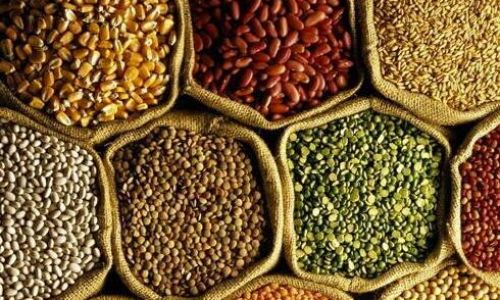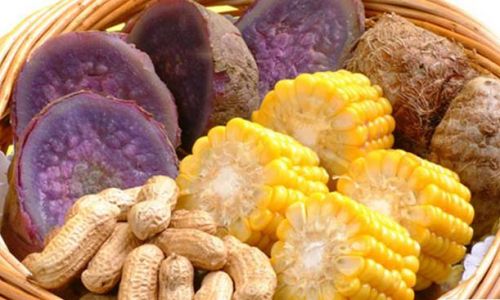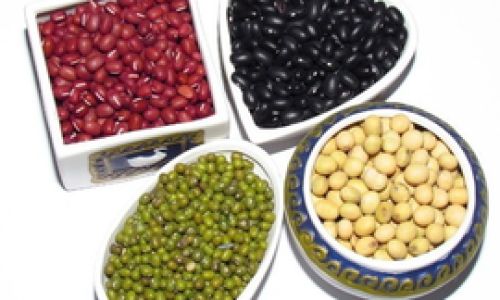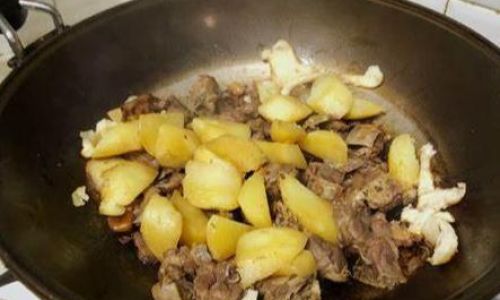In an era where fad diets and quick-fix nutritional solutions dominate wellness conversations, the humble yet mighty role of dietary fiber often remains overlooked. Often associated with digestive health, fiber’s impact extends far beyond the bathroom, influencing everything from weight management to disease prevention. This article delves into the science of fiber, its diverse forms, and why incorporating high-fiber foods into your diet is one of the most evidence-based steps toward long-term health.
What Is Dietary Fiber?
Dietary fiber refers to the indigestible carbohydrates and lignin found in plant-based foods. Unlike sugars and starches, which the body breaks down into glucose, fiber passes through the digestive system relatively intact. This unique property grants it a host of physiological benefits.
Fiber is categorized into two types: soluble and insoluble.
- Soluble Fiber: This type dissolves in water, forming a gel-like substance in the gut. It is found in oats, barley, legumes, apples, and citrus fruits. Soluble fiber is renowned for its ability to lower LDL (bad) cholesterol levels and stabilize blood sugar by slowing carbohydrate absorption.
- Insoluble Fiber: Found in whole grains, nuts, seeds, and vegetables like cauliflower and green beans, insoluble fiber adds bulk to stool, promoting regularity and preventing constipation.
Both types work synergistically to support gut health, but their benefits extend to metabolic and cardiovascular systems as well.

The Health Benefits of High-Fiber Diets
Digestive Harmony
The gut, often dubbed the “second brain,” houses trillions of microorganisms that influence immunity, mood, and nutrient absorption. Fiber acts as a prebiotic—food for beneficial gut bacteria. Fermentable fibers, such as those in bananas, garlic, and asparagus, produce short-chain fatty acids (SCFAs) like butyrate, which nourish colon cells and reduce inflammation. A fiber-rich diet is linked to a lower risk of diverticulitis, hemorrhoids, and irritable bowel syndrome (IBS).
Weight Management
High-fiber foods are inherently low in calories but high in volume, promoting satiety. For instance, a cup of raspberries packs 8 grams of fiber yet only 64 calories. Fiber slows gastric emptying, keeping you fuller for longer and reducing the likelihood of overeating. Studies show that individuals consuming 30 grams of fiber daily lose more weight than those on lower-fiber diets, even without calorie restrictions.
Blood Sugar Control
Soluble fiber forms a viscous barrier in the intestines, delaying glucose absorption. This prevents blood sugar spikes after meals, a critical factor in managing type 2 diabetes. A 2020 meta-analysis in Diabetes Care found that high-fiber diets improved HbA1c levels (a marker of long-term blood sugar control) by 0.26% compared to low-fiber diets.
Heart Health
Fiber’s cholesterol-lowering effects are well-documented. Soluble fiber binds to bile acids in the gut, prompting the liver to use circulating LDL cholesterol to produce more bile. This reduces LDL levels, a key risk factor for heart disease. The American Heart Association recommends 25–30 grams of fiber daily, a target met by only 5% of U.S. adults.
Cancer Prevention
The World Cancer Research Fund links high-fiber diets to a reduced risk of colorectal cancer. Fiber’s ability to dilute potential carcinogens in the colon and speed their elimination may explain this association. Additionally, fiber-rich diets often correlate with lower body weights, a factor linked to decreased cancer risk.

Daily Fiber Requirements and Common Shortfalls
Most health authorities recommend:
- Women: 25 grams/day (ages 19–50), 21 grams/day (51+).
- Men: 38 grams/day (ages 19–50), 30 grams/day (51+).
Yet, the average American consumes just 15 grams daily. Processed foods, refined grains, and low intake of fruits and vegetables are primary culprits.
Top High-Fiber Foods to Prioritize
- Legumes: Lentils (15.6g/cup), chickpeas (12.5g/cup), and black beans (15g/cup) are fiber powerhouses.
- Berries: Raspberries (8g/cup), blackberries (7.6g/cup), and strawberries (3g/cup).
- Whole Grains: Oats (4g/cup cooked), quinoa (5g/cup cooked), and bran cereal (8.8g/cup).
- Nuts and Seeds: Chia seeds (10g/ounce), flaxseeds (3g/tablespoon), and almonds (3.5g/ounce).
- Vegetables: Artichokes (10.3g/medium), broccoli (5.1g/cup), and Brussels sprouts (4g/cup).
- Avocado: A single fruit contains 13.5g of fiber.
Practical Tips for Boosting Fiber Intake
- Start Smart: Add ground flaxseeds to smoothies or oatmeal.
- Swap Refined Grains: Choose whole-grain bread, pasta, and rice.
- Snack Strategically: Opt for apple slices with almond butter (5g fiber) instead of chips.
- Embrace Legumes: Use lentils in soups or chickpeas in salads.
- Read Labels: Aim for ≥5g fiber per serving in packaged foods.
Potential Side Effects and How to Avoid Them
A sudden increase in fiber intake can cause bloating, gas, or cramping. To mitigate this:
- Gradually Increase Fiber: Add 2–3 grams daily over several weeks.
- Stay Hydrated: Fiber absorbs water; drink at least 8 cups daily.
- Chew Thoroughly: Aids digestion and reduces gas.
Debunking Myths About Fiber
- “Fiber Supplements Are as Good as Whole Foods”: While supplements like psyllium husk can help, they lack the vitamins, minerals, and antioxidants found in whole foods.
- “High-Fiber Diets Are Bland”: Experiment with spices, herbs, and cooking methods. Roasted chickpeas with paprika or cinnamon-spiced oatmeal are flavorful options.
- “Fiber Causes Weight Gain”: Fiber itself is calorie-free; weight gain stems from excess calories, not fiber.
The Future of Fiber Research
Emerging studies explore fiber’s role beyond traditional health markers. For example, butyrate—produced by gut bacteria fermenting fiber—may enhance brain function and protect against neurodegenerative diseases. Additionally, fiber’s impact on the gut-skin axis is under investigation, with early findings suggesting benefits for conditions like acne and eczema.
Conclusion: Fiber as a Foundational Nutrient
In a world obsessed with protein and trendy superfoods, fiber remains an unsung hero. Its ability to enhance digestion, stabilize metabolism, and ward off chronic disease makes it a cornerstone of preventive nutrition. The key lies not in isolated supplements but in embracing a plant-rich diet where fiber is a natural companion to every meal.

As you plan your next grocery list, let fiber guide your choices. Swap white bread for rye, reach for berries over sugary snacks, and let the humble bean take center stage. Your gut—and your future self—will thank you.
Final Thought: Fiber is not a magic bullet but a scientific marvel. By honoring its role in our diet, we invest in a healthier, more vibrant life.






0 comments